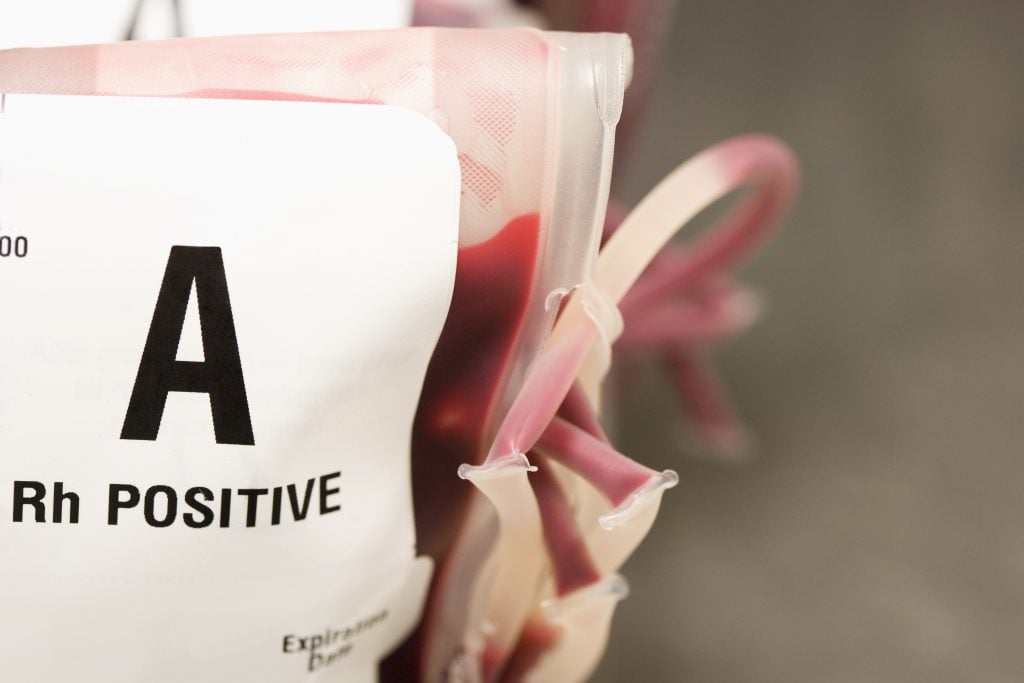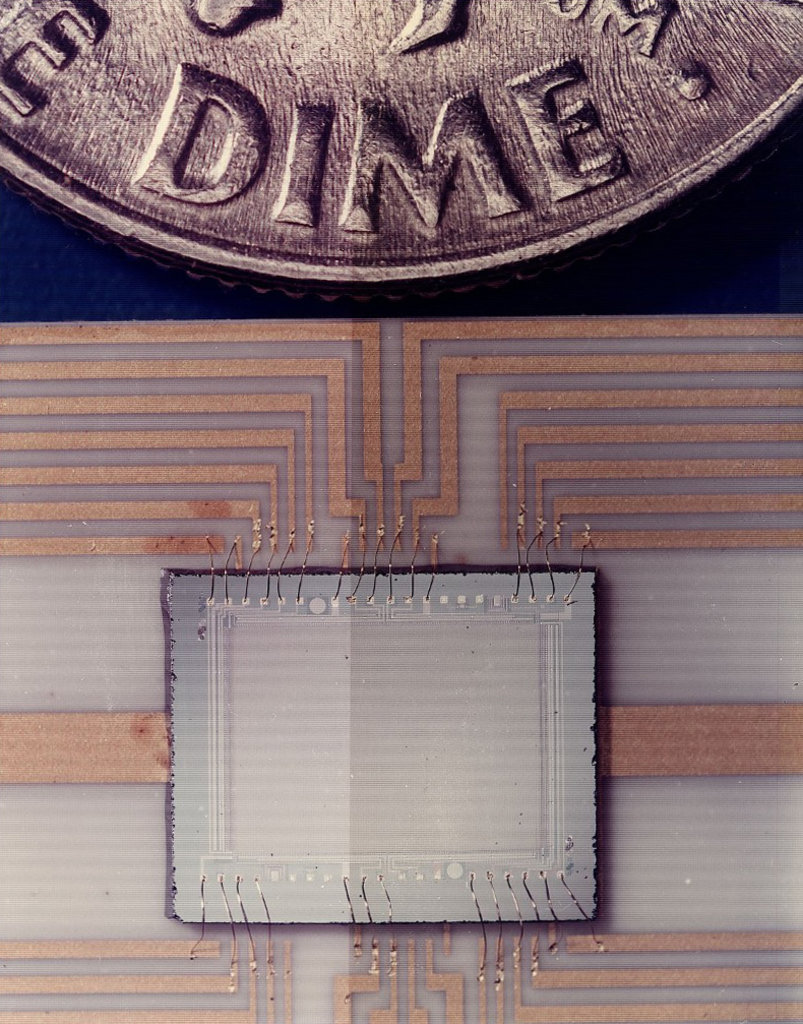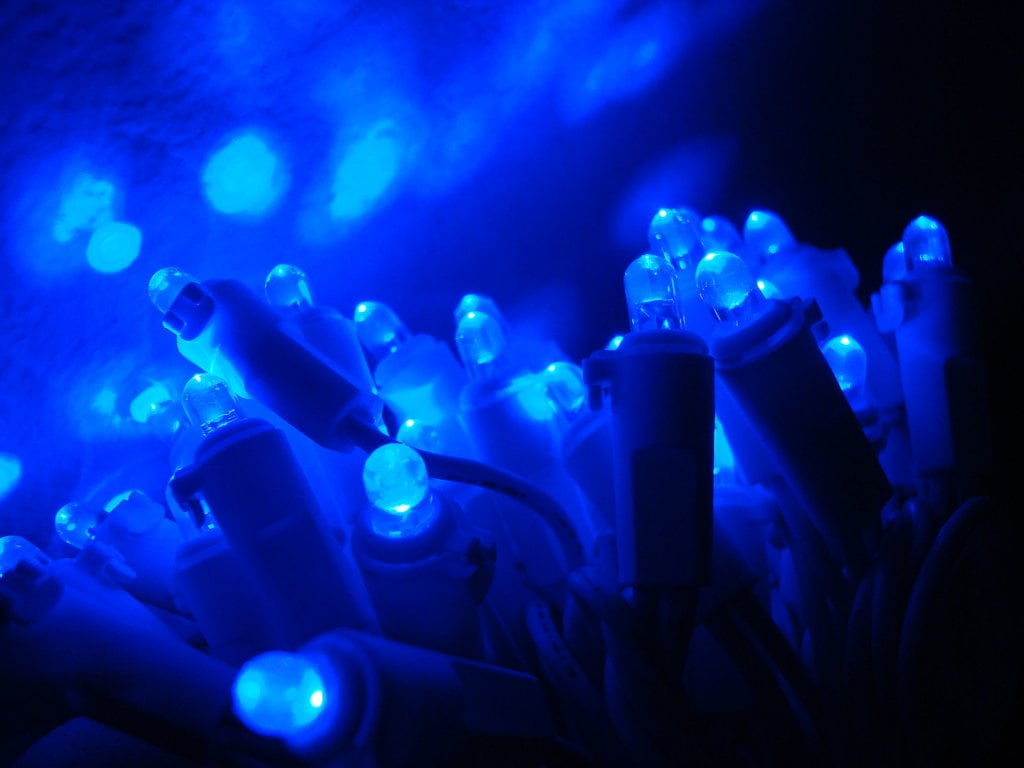Can you imagine life without these discoveries?
From the glow of blue LEDs to the ‘miracle’ of IVF, the Nobel Prize celebrates individuals whose discoveries have changed the world. These six innovations and discoveries not only improve our daily lives, but save them and help create new ones.
At a glance
- The discovery of blood groups enabled safe transfusions
- IVF helped millions struggling with infertility
- The invention of lithium-ion batteries transformed energy storage
- Blue LEDs led to long-lasting, eco-friendly white light.
- Synthetic indigo dye made affordable denim possible
- The CCD sensor sparked the digital photography era
Enabling safe blood transfusions

It is likely you know someone who has donated or received blood. However, life-saving blood transfusions were once so unpredictable, that using them risked triggering a potentially fatal reaction.
This risk was reduced once Karl Landsteiner discovered the existence of human blood groups. He tested blood samples to see whether one person’s red blood cells clumped together when mixed with blood serum from another’s. His experiments showed that adverse reactions occurred when a recipient possessed natural antibodies to a donor’s blood cells. In these cases, he found that the red blood cells from the donated blood began to clump, or agglutinate.
In the recipient these agglutinated red cells could clog blood vessels and stop the circulation of the blood to various parts of the body, or crack open, leaking toxic contents out in the body, which could eventually be fatal.
From his research, Landsteiner classified people and their blood into groups.
Today, blood transfusions are routinely used when dealing with trauma or major surgery, ensuring that patients receive blood that matches their own to reduce the risk of life-threatening reactions caused by incompatible blood.
Read more about blood transfusions and Karl Landsteiner
Making affordable denim possible

Do you have a favourite pair of jeans? Adolf von Baeyer played a role in putting affordable denim in millions of wardrobes, by helping to make it possible to produce indigo’s distinctive blue colour industrially instead of extracting dye from the indigo plant.
It took almost two decades for Baeyer to progress from the approximate structure of indigo to calculating its precise chemical formula, but within that time he already had enough information to produce the dye synthetically in three ways from different sets of raw materials rich in carbon atoms. In 1897 the first synthetic indigo went on sale, prompting a boom.
It is estimated that more than 4.5 billion pairs of jeans are sold worldwide every year, and most of them are dyed with synthetic indigo.
Inventing a sensor for capturing images electronically

From preserving precious family moments to documenting dinners, we take more photos now than ever before.
Willard Boyle and George Smith were colleagues at the famous Bell Laboratories outside New York, and made it possible to capture images electronically. They sketched an image sensor based on Albert Einstein’s photoelectric effect – in which arrays of photocells would emit electrons in amounts proportional to the intensity of incoming light – during a brain-storming session for a new type of information storage.
The charge-coupled device (CCD) they invented gave rise to an explosion in digital imaging. In addition to being used in digital cameras, CCDs play a crucial role for the scientific world, including in medicine and astronomy. Without CCDs we would not have seen the astonishing images of space taken by the Hubble space telescope.
Creating white light for energy-efficient lamps

Light-emitting diodes (LEDs) illuminate everything from Christmas trees to football stadiums, but long-lasting, energy efficient white LED lamps would not be possible without the work of three laureates.
Isamu Akasaki, Hiroshi Amano and Shuji Nakamura produced bright blue light beams from their semi-conductors in the early 1990s, adding to existing red and green diode technology, to create a fundamental transformation of lighting technology.
LEDs are far more energy-efficient than older light sources, and therefore have much lower environmental impact. They use at least 75% less energy and last around 25 times longer than incandescent bulbs. With 15% of global power consumption and 5% of worldwide greenhouse gas emissions created by electricity for lighting, a global shift to energy efficient bulbs such as LEDs is urgently needed, and could slash these emissions by more than one third.
Enabling a rechargeable world

Electric vehicles are considered to be the key technology to decarbonise road transport, which is responsible for one-sixth of emissions. Many electric vehicles rely on lithium-ion batteries, which are also used to power small portable electronic devices like phones, and to store energy from solar and wind power, making a fossil fuel-free society a possibility.
The foundation of the lithium-ion battery was laid during the oil crisis in the 1970s. Stanley Whittingham created a two-volt battery with great potential, but it was too explosive to be viable. John Goodenough refined the materials used to make a breakthrough that would lead to more powerful batteries, helping Akira Yoshino to create the first commercially viable lithium-ion battery in 1985.
Lightweight, hardwearing lithium-ion batteries can be charged hundreds of times without their performance deteriorating, and have revolutionised our lives since they first entered the market in 1991, paving the way for a wireless, fossil fuel-free society.
Developing a treatment for infertility

In the 1950s, Robert Edwards came up with the radical idea of helping childless couples to conceive by fertilising the mothers’ eggs outside the body and then replacing them in the womb.
He first demonstrated human in vitro fertilisation (IVF) in 1969, but the fertilised eggs never underwent more than a single cell division. He teamed up with gynaecologist Patrick Steptoe, who worked out how to remove suitable eggs directly from women’s ovaries to overcome this challenge, and the nurse and embryologist Jean Purdy. Together, they also overcame some societal resistance to their research. Their resilience and determination led to the birth of Louise Brown, the world’s first ‘test tube baby’, in 1978.
Worldwide, there are over 500,000 IVF deliveries every year. IVF has become a familiar and, for many, easily-accessible option to turn to when problems are encountered in conceiving a child.
Nobel Prizes and laureates
Six prizes were awarded for achievements that have conferred the greatest benefit to humankind. The 12 laureates' work and discoveries range from proteins' structures and machine learning to fighting for a world free of nuclear weapons.
See them all presented here.
